Hashtags are one of those things that just about everyone has a strong opinion about, whether positive or negative. There are people who fill each and every post with so many hashtags that their messages are barely recognizable as English. Others eschew hashtags completely, deploring their use. And then there are the Jimmy Fallons and Justin Timberlakes of the hashtag world, who laugh about their love-hate relationship with them.
But hashtags can definitely serve a purpose in any social media marketing strategy. The trick is knowing when and how to use them. Use them too much, and you risk looking spammy. But not using them at all means you’re missing out on marketing opportunities galore. The key is balance and moderation. In order to demonstrate the wide variety of ways in which you can take advantage of hashtags to promote your business online, we’ve put together a list of 23 ways to use a hashtag.
1. Managing a conference: It’s a lot easier to get the word out about a conference you’re organizing if you’re able to refer attendees to a special hashtag they can use to search for updates and information.
2. Following a conference: For that matter, if you’re the one attending a conference, and you’d like to let your audience know, using the conference hashtag in your posts and tweets is a great way to get the message across.
3. Managing and following any event: And it doesn’t have to be a conference – from concerts to parties, and from huge conventions to more intimate seminars, if you’re putting on an event or attending one, hashtags are an ideal way to send and receive communications.

4. Emergencies: From coordinating relief efforts on a large scale, to simply letting the world know you’re closed due to extreme weather or some other mishap, hashtags are perfect for getting the word out during emergencies.

5. Themes: Want to classify your social media marketing tweets or posts by theme? Hashtags are like the Dewey Decimal system, except a lot less annoying.
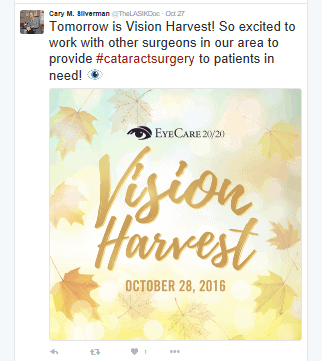
6. Irony: Twitter users are famed for their often snarky attitude, so why not use that to your advantage and pile on some hashtag irony and sarcasm?
7. Humor: Sometimes, a hashtag makes the perfect punchline. In fact, they work so well as jokes that they’re becoming mainstream in regular conversation now. And humor goes a long way when it comes to marketing.
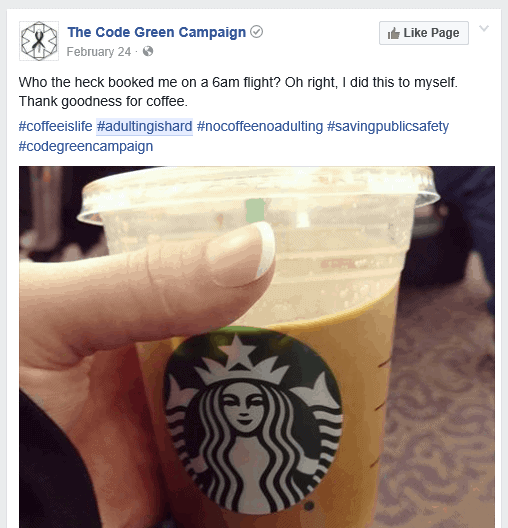
8. In real life: Speaking of hashtags in conversation, here you go. You don’t have to restrict your use of hashtags to social media posts. You can use them in emails, on your website, in ads or in commercials.
9. For greater visibility: Piggybacking on an already popular hashtag is one way of getting more visibility for your brand. But you can also promote a hashtag during a commercial or in a print ad, for example, to drive more people to your online networks.
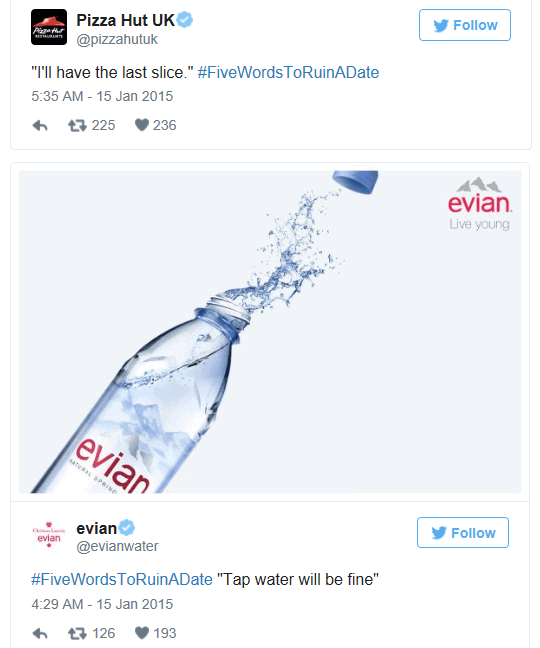
10. Contests: Running an online contest? Have people enter by including your custom hashtag in their posts.
11. Campaigns: If you’ve got a marketing campaign in the works, you can leverage custom hashtags to promote it.
12. Holidays: Take advantage of holiday-themed hashtags to move onto people’s radar during these festive times of the year.
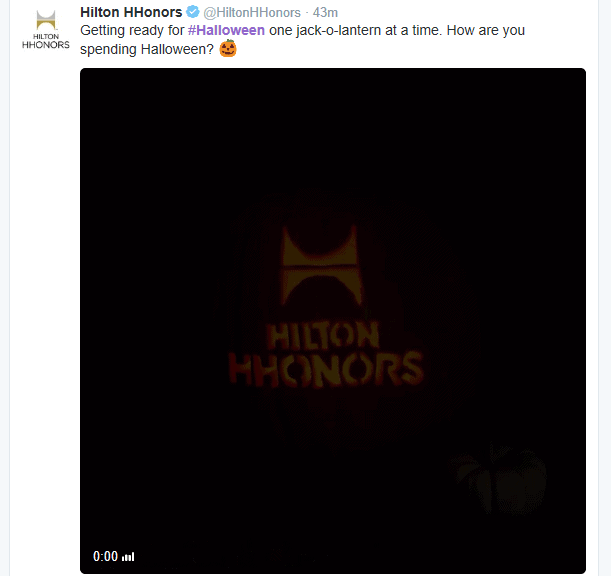
13. To promote webinars or podcasts: Just as with an in-person event, webinars and podcasts can also be promoted using hashtags.
14. To connect your brand with a certain topic: If you’d like your brand to pop up whenever people search for a certain subject, stick relevant hashtags in your posts, and you will!
15. To find out about competitors: Now the shoe’s on the other foot. You can also search for hashtags you’d like to be connected with, in order to see which of your competitors have beaten you to it.
16. Memes: Memes get a ton of traction, and have the potential to go viral. Create your own hashtag meme, or let customers chime in with their own versions.
17. To give context: Hashtags are the perfect way to give context to an image or a quote without having to provide a long explanation.
18. To join in shared experiences: How often have you tuned in to an awards show or a big TV event…and then immediately checked Twitter to see what people were saying about it, via hashtag? Everybody does it, so get your company in on the fun, too.
19. Following online discussions: If there’s an online discussion going on that your company should really be involved in, adding those hashtags to your posts are the way to do it.
20. Creating a conversation: Don’t see an existing conversation you want to get in on? Create your own! That way you’ll get the benefit of being seen as a leader, as well.
21. Offer an incentive to tweet or post. Get your customers talking about you online by offering them a reason to use your hashtags. Promise a discount after a certain number of tweets using your hashtag, for example.
22. Industry Targeting: Want to make sure that people in a certain industry notice your posts and tweets? Give a shout-out to their industry via hashtag.

23. Current events: Everyone looks for information on current events using hashtags, so why not comment on what’s going on to get some added exposure? Just be sure to only comment on positive news, or to simply offer condolences in a tragedy – trying to make a profit off of others’ misfortune is not only wrong, but it’ll also produce a backlash more quickly than you can imagine.
7 Tips for Creating the Perfect Marketing Hashtag
As you can see, for marketing purposes, hashtags are pure gold – if handled carefully. The right hashtag can boost a company’s visibility and popularity exponentially in days, even hours. But careful strategizing is necessary to ensure that all goes well – who can forget McDonald’s harrowing brush with the #McDStories hashtag when social media users hijacked what was supposed to be a way to share positive stories with tales of food poisoning and awful customer service.
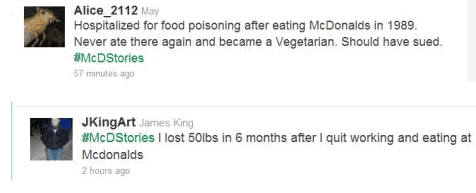
Because hashtags can be such effective marketing tools, but can also be dangerous if not handled properly, we’ve put together a list of seven tips for creating the perfect hashtag to market your business.
1. Make it memorable. The whole point of a marketing hashtag is to be catchy and easily remembered, so that people will be inspired either to join in the fun and use it themselves or to search for it to see what others are saying. Choose a common word or phrase, maybe with a slight twist to make it unique. Whatever you choose, it should stick in the mind easily.
2. Avoid brand names. It’s natural to want to get exposure for your brand by making your brand name a hashtag, but unless you’re already a household name, it’s not the best idea. Coke and Oreo could get away with this; smaller companies not so much. To achieve the broadest reach, it’s best to stick to a phrase that will attract attention and interest, rather than an obviously self-promotional hashtag.
3. Keep the focus narrow. Of course, in pursuit of that broad reach, you also don’t want to lean too far in the other direction and make your hashtag too general. Making your hashtag specific will allow people to come up with appropriate comments to fit the topic, and give them enough insight into the topic that they’ll have a good idea of the kinds of posts they’ll see when they search for it.
4. Don’t go crazy. Marketing hashtags should ideally be one to three words long. Much longer than that, and they just seem silly – which is fine if that’s the effect you’re going for. But if you want to be taken seriously, keep your hashtag short and sweet.
5. Be relevant. When a hashtag can coincide with a current event, it can create marketing magic. Remember Oreo’s famous tweet during the Super Bowl blackout? Harnessing the power of trending topics that people are already searching for is an excellent way to extend your reach even further.
6. Use it everywhere. Think of your marketing hashtag as just another marketing tool to promote. You’ll want to use it on all your social media pages, of course, but also in your blog, on your website, and even on signage in your stores or branches, to increase its popularity. The more people see it, the more people will use it.
7. Be consistent. Unless it starts picking up negative comments, give your hashtag the time it needs to spread. Don’t give up on it after just a couple of weeks – use it consistently, and you’ll see growth. Don’t confuse people by introducing other, new hashtags at the same time, either – stick with one for a while, and then you can add others as you go. With consistent, regular use, your hashtags should work their marketing magic.
By creating the perfect hashtags and using them strategically, you can make sure this little online marketing tool packs a real punch.




